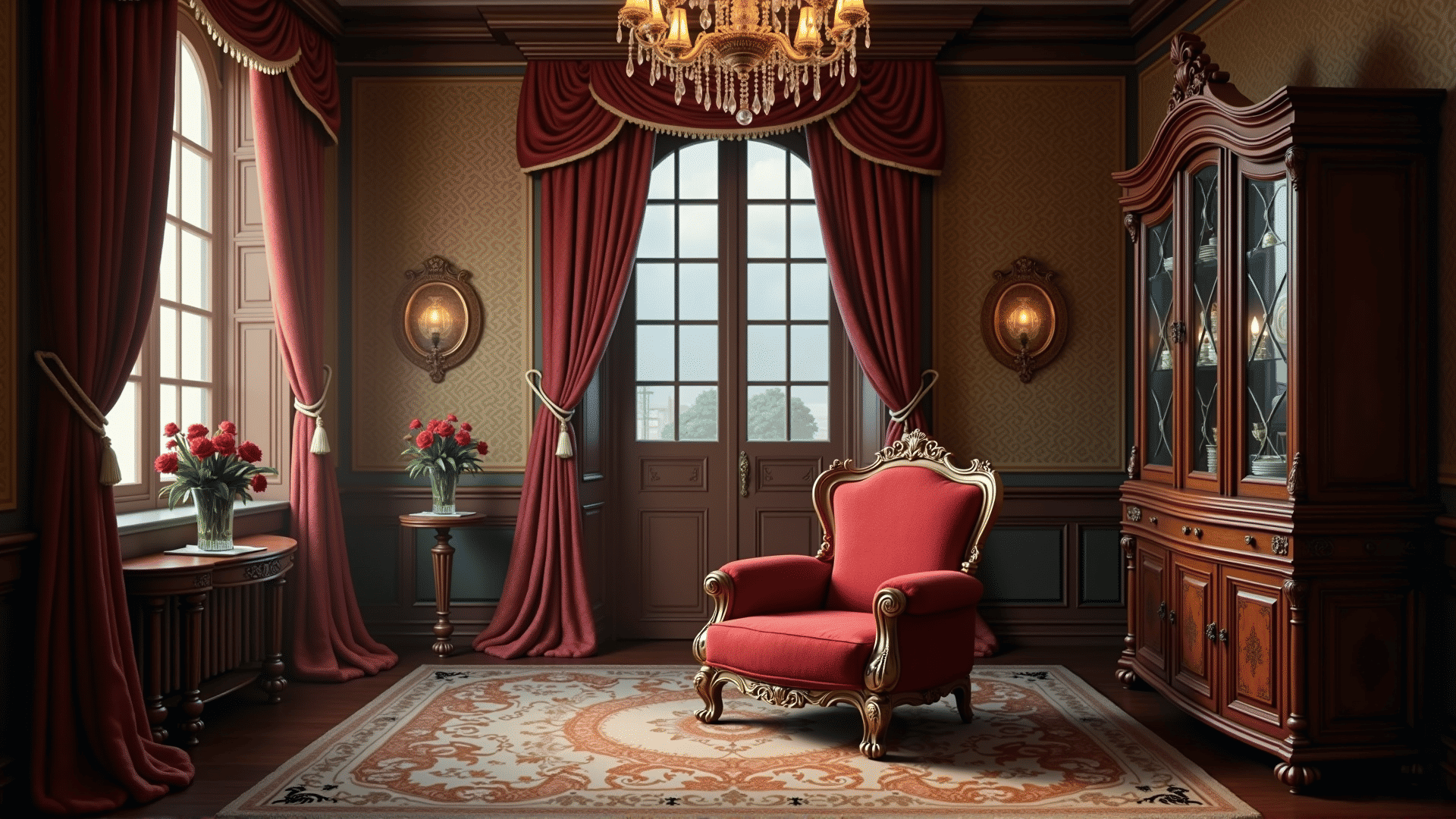The Victorian era, spanning from 1837 to 1901 during the reign of Queen Victoria, marked a significant transformation in architecture and interior design on both sides of the Atlantic. In America, this period was characterized by an exuberant display of craftsmanship, resulting in homes adorned with ornate and elaborate details that continue to captivate enthusiasts of historical design.
Victorian design is celebrated for its intricate craftsmanship, a departure from the earlier, more minimalist styles. Influences ranged from Gothic to Rococo, and designers of the time embraced an eclectic mix of these styles, creating a unique and dynamic aesthetic. Homes of the era often featured lavishly decorated rooms, with each space telling its own story through complex patterns and rich color palettes.
One of the defining features of Victorian design is the use of decorative embellishments. Carved woodwork and iron, stained glass, and elaborately patterned wallpapers were used extensively to create an atmosphere of luxury and refinement. Ceilings weren't left plain; they often boasted ornate plasterwork, while floors were dressed in intricate mosaics or polished hardwoods, displaying craftsmanship in every corner.
The furniture of this period also reflected the decorative opulence of the age. Pieces were often heavily carved, upholstered with luxurious textiles, and featured inlaid details of various materials. Mahogany, walnut, and oak were favorites, selected not only for their durability but also for their ability to be shaped into complex forms and patterns.
Color played a vital role in Victorian interiors. Rich, deep tones of burgundy, forest green, and navy blue were popular, often complemented by gold or silver accents to highlight the ornate detailing. Such palettes were not only a testament to the taste of the time but also made homes feel warm and inviting.
Fabrics and textiles also contributed significantly to the Victorian flourish. Heavy drapery, velvet, damask, and brocade were common, used extensively for curtains, upholstery, and cushions. These materials were chosen not merely for aesthetic reasons but also for their ability to insulate homes, a practical response to the colder climate of the era.
Lighting fixtures during this time enhanced the opulent ambiance. Chandeliers and lamps made from glass and brass often featured intricate designs that mirrored the decorative motifs found throughout the home. These sources of light were more than functional; they were an integral part of the design, illuminating the details that contributed to a space's luxurious feel.
Ornamental gardens were also a feature of Victorian homes, providing a structured yet picturesque complement to the elaborate interiors. These gardens often featured a mix of native and exotic plant species, with design principles that emphasized symmetry and order, reflecting the meticulous nature of Victorian design.
In many ways, the Victorian flourish in American homes was a statement of wealth and sophistication. It drew heavily from various European influences, yet it adapted these to local tastes and materials, creating a unique style that was as much about personal expression as it was about prevailing trends. Today, Victorian design remains a beloved style for those seeking to capture the elegance and sophistication of this remarkable era in their own spaces.
